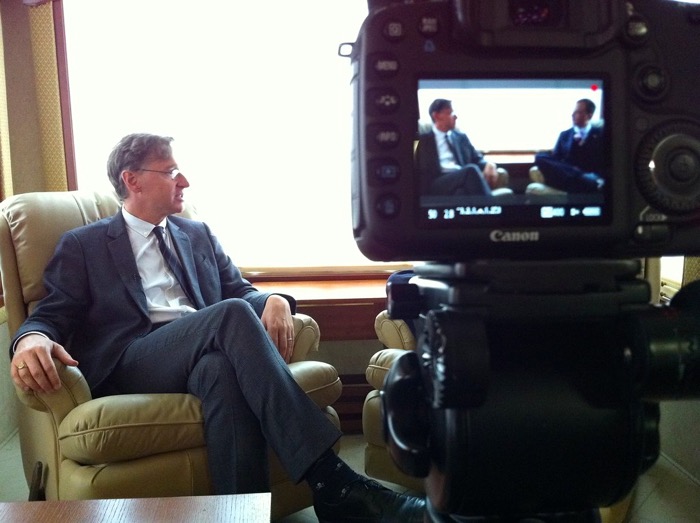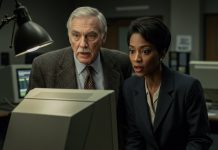
During elections politicians will often accuse media organisations and their journalists of bias. We look at the challenges of producing fair election coverage.
This article was written after a training session in Belgrade, Serbia, about editorial ethics during election coverage.
Types of election-related bias
- Deliberate bias
- Suppression of important facts.
- Distortion through selective emphasis.
- Unequal airtime for candidates (e.g., lengthy coverage for incumbents, brief summaries for challengers).
- Subtle bias
- Manipulative camera angles to inflate or diminish rally sizes.
- Selective filming of candidates’ “best” or “worst” moments.
- Over-reporting on incumbents simply because they are more active, without providing equal coverage to challengers.
“Horse race” coverage
-
- “Horse race” is a style of political journalism that focuses on who is winning or losing in an election, rather than on the candidates’ policy positions or the substantive issues at stake.
- It involves a heavy reliance on public opinion polls, tracking which candidate is “ahead” or “behind.”
- There will be detailed analysis of poll numbers, including shifts in support among different demographics.
- It involves coverage of campaign tactics, fundraising, and strategic manoeuvres.
- It will include analysis of campaign “momentum” and predictions of who is likely to win.
- It involves framing elections as a sporting event, with a focus on winners and losers.
- Language and metaphors from sports, such as “front-runner,” “underdog,” and “battleground” are often used.
- Less attention given to the candidates’ stances on important issues.
- Tends to be a lack of in-depth analysis of the potential impact of their policies.
- It can lead to a shallow understanding of the candidates and their platforms.
- It can divert attention from the substantive issues that voters should be considering.
- It can contribute to a sense that elections are simply a game, rather than a serious process of democratic decision-making.
- By focusing on who is winning, it can make voters feel that their vote does not matter.
- In essence, “horse race” coverage prioritises the spectacle of the election over its substance.
Countering bias in election reporting
- Transparency
- Clearly label opinion pieces and editorials.
- Disclose potential conflicts of interest.
- Fair coverage
- Ensure appropriate airtime and coverage for all viable candidates.
- Present diverse perspectives on the main issues.
- Presenting the facts of each candidate, and their policies, without added opinion.
- Fact-checking
- Rigorous verification of claims made by candidates and their campaigns.
- Prompt correction of errors.
- Focus on substantive issues
- Prioritise policy discussions and voter concerns over campaign theatrics.
- Presenting the facts about policies, and how they will effect citizens.
- Voter engagement
- Incorporate voter perspectives into news coverage.
- Highlight voter concerns and questions.
- Pay close attention to public questions, as they can be a good indicator of what the public cares about.
- Internal checks and balances
- Implement editorial review processes to identify and correct bias.
- Consider appointing an ombudsman to address reader complaints.
- Avoiding manipulation
- Be aware of attempts by candidates to bypass traditional media and control their message.
- Maintain journalistic independence.
- Do not allow candidates to manipulate the narrative.
The role of the journalist
- Journalists serve as a crucial link between candidates and voters.
- They must strive for fairness and accuracy, avoiding the temptation to become a “veil” that obscures the truth.
- They should be aware that they are a filter, and that their own biases can effect the news that is presented.
Addressing media bashing
Candidates, especially those struggling in polls, may resort to “media bashing.” Journalists should remain professional and focused on their duties.
“Media bashing” refers to the act of strongly and often publicly criticising or attacking the media. This can take various forms, including:
- Verbal attacks
- This can involve harsh criticism of news outlets, journalists, or specific news reports.
- It can also include accusations of bias, dishonesty, or incompetence.
- Public campaigns
- These campaigns may aim to discredit or damage the reputation of media organisations.
- They can involve spreading negative information or encouraging boycotts.
- Online attacks
- “Media bashing” often occurs on social media, involving insults, harassment, and the spread of misinformation.
- Politicians and public figures often engage in “media bashing” to deflect criticism or control the narrative.
- It can be a tactic to undermine public trust in the media.
News values and priorities
- News outlets must be mindful of their news priorities. Focusing on internal campaign dynamics or personality-driven politics can detract from substantive issues.
- Studies show that voters often find debates more informative than traditional news coverage. Journalists should strive to bridge this gap by prioritising voter concerns.
This article was written after a training session in Belgrade, Serbia, about editorial ethics during election coverage.








